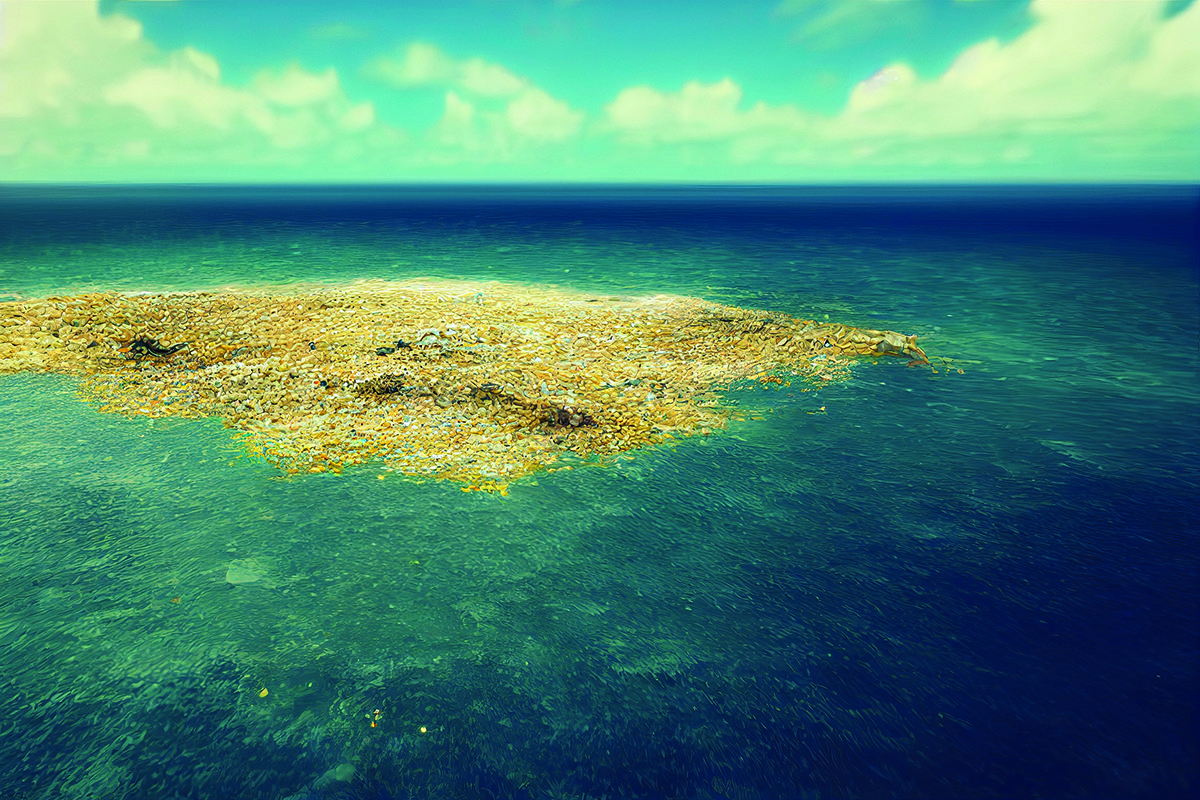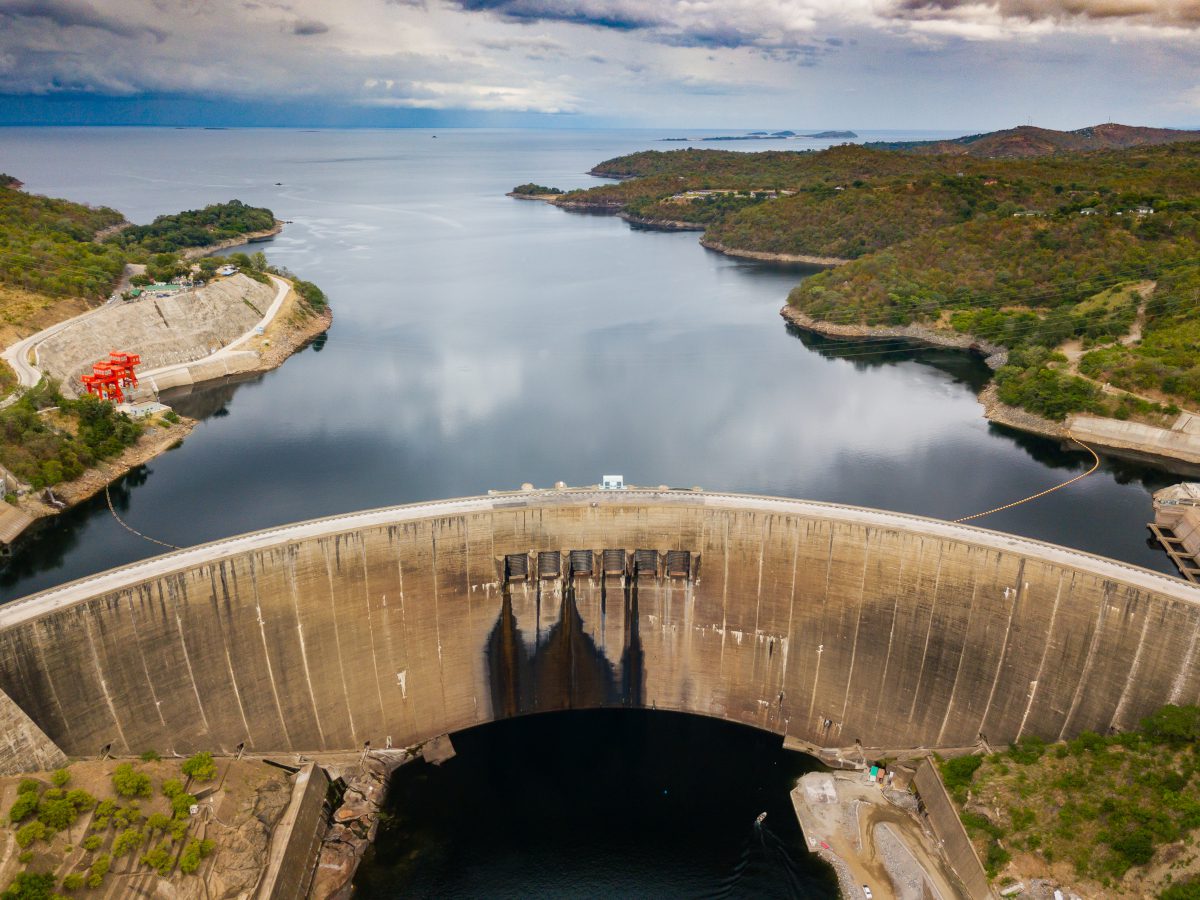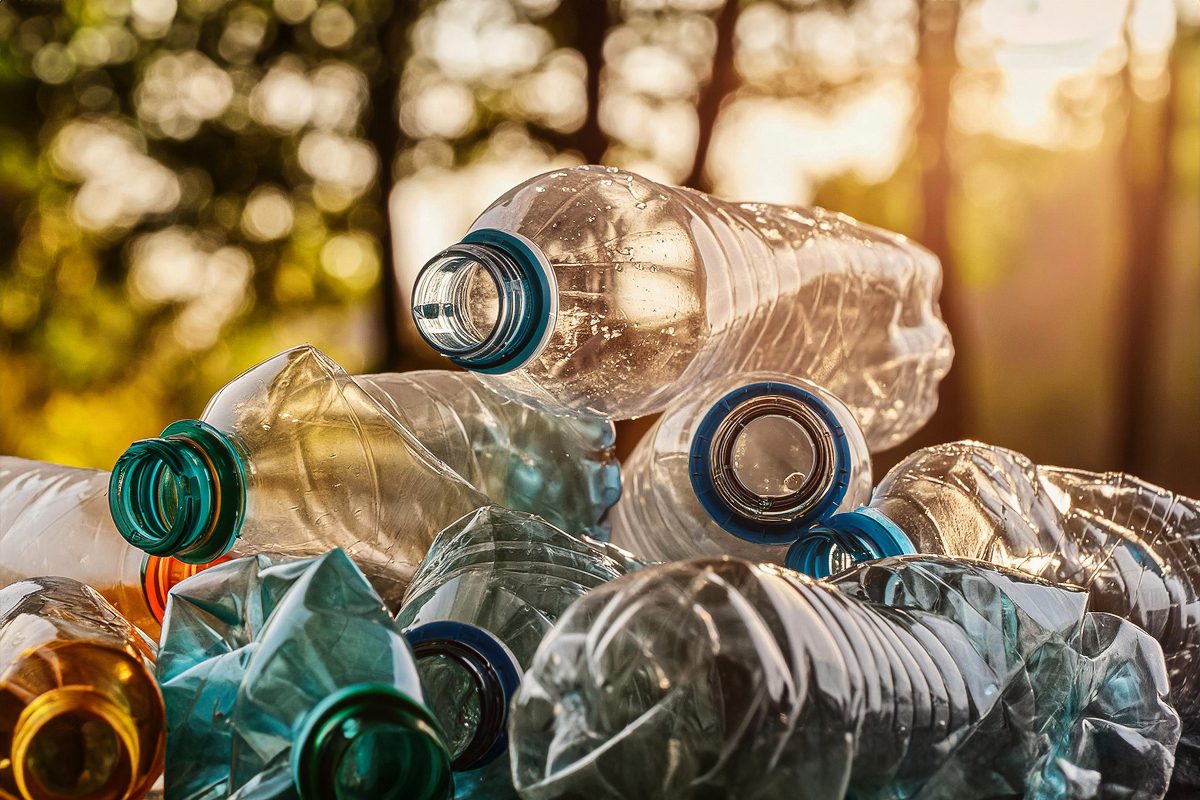A new report attempts to better understand the provenance and impact of plastics in the ocean.
Launched ahead of Earth Day 2024 (22nd April), with this year’s theme being Planet Vs. Plastic, the report (titled ‘How Much Plastic Is In The Ocean?’) profiles industry data on the topic, with specific sections on plastic bags, straws, bottles, and microplastics.
It was published by plastic pollution prevention startup CleanHub.
Among the focal points of the report is an exploration of how plastics enter the oceans, and which countries produce most of it. There is also eye-opening detail on the state of ocean garbage patches.
Some of the key findings:
• 80% of Ocean Bound Plastic (OBP) comes from Asian countries.
• 81% of all marine litter is plastic, and 80% of it starts its life on land with the rest from marine practices.
• Europe is the biggest exporter of plastic waste as well as the biggest importer.
• China, the United States, and India produce the most plastic waste per year.
• India, China, and Brazil mismanaged the most waste.
• In terms of annual waste produced per person, America comes first with 105 kg of plastic, with the United Kingdom second at 99 kg.
• The fishing industry is responsible for around 10% of ocean waste.
Currently, 14 million tons of plastic enter the world’s oceans annually – the equivalent weight of five blue whales entering the environment every hour. By 2050, in terms of weight, there will be more plastic than fish in the ocean.
On the seafloor, there are up to 11 million tons of plastic waste and 10,000 times more plastic particles than on the surface, with microplastics making up more than 14 million tons. On the surface, it’s estimated that there are a 358 trillion microplastic particles.
Where does it come from?
It’s estimated that 80% of Ocean Bound Plastic (OBP) comes from Asian countries, although much of this is shipped in from abroad.
Poor waste management infrastructure and overspilling landfills are said to be the key reasons so much ends up in the oceans.
In terms of waste produced per person, America comes first with 105 kg of plastic thrown away yearly, with the UK in second place at 99 kg.
Much of the data around exact plastic waste exports is omitted by some countries, making it difficult to determine the exact amount of waste thrown away by each. As of 2020, Europe was the biggest exporter of plastic waste as well as the biggest importer, a fact that provides a nod to the complex nature of plastic movement around the world.
The fishing industry is responsible for around 10% of ocean waste, known as ‘ghost’ fishing gear such as fishing nets, traps, and lines that get lost. Some of the ghost nets are kilometres long, and it’s difficult to know how many are on the ocean floor as many are weighed down by the dead marine life – sometimes as large as sperm whales – which get caught up in them.
Single-use deluge
Plastic bags in particular are a huge ocean pollution issue. They quickly break down into microplastics and/or are ingested by marine life – it’s estimated that 56% of all marine life has ingested plastic. Annually, up to 300 million plastic bags end up in the Atlantic Ocean alone. Problematically, recycling rates for plastic bags are very low – up to 5 trillion plastic bags are used every year, with a 12-minute average use time, and only 1% are recycled.
Despite efforts to restrict the use of single-use plastic bags in some countries, including the US, UK and China, single-use plastic production rates have actually increased. About 137 million tonnes of single-use plastics were produced from fossil fuels in 2021, and this number is expected to rise by another 17 million tonnes by 2027.
Up to 8.3 billion plastic straws are found on worldwide shorelines, with around 7.5 million on US shores alone. They make up around 4% of plastic trash by piece, but far less by weight – their average weight is so small that they only amount to 2,000 of the nearly 9 million tons of plastic waste that annually enters the oceans.
Similar to the other plastic products, it’s hard to know just how many plastic bottles are in the ocean. As 1 million are purchased worldwide every minute, and with only 1 in 6 getting recycled, many will end up polluting the environment. It’s been found that for each mile of UK beach there are 5000 pieces of plastic & 150 plastic bottles.
Jumbo junk piles
The report also looks at ocean garbage patches, which are a culmination of ocean waste around marine gyres (whirlpool-like currents). There are five main patches – one in the Indian Ocean, two in the Atlantic Ocean, and two in the Pacific Ocean. The largest and most infamous is the Great Pacific Garbage Patch, estimated to be three times the size of France.
Despite huge efforts to counter ocean garbage patches – with The Ocean Cleanup NGO removing about 25,000 pounds of trash during one collection in 2023, the largest gathering of patch waste – they continue to exist as more waste keeps arriving at them.
The future of ocean plastic waste is difficult to predict. If the mismanagement of plastic waste doesn’t stop, it’s set to get worse – especially as plastic production is expected to grow by 10% within the next decade.
There are global efforts being made – several nations signed the historic High Seas Treaty in 2023, with the aim of turning 30% of oceans into protected areas by 2030 to protect marine life and reduce harmful fishing practises. The UN also introduced the High Ambition Coalition to End Plastic Pollution that encourages countries to stop plastic pollution by 2040 through a circular economy model. However, neither of these specifically deals with existing plastic waste.
Many organisations and startups are helping to reduce ocean-bound plastic such as The Ocean Cleanup, Clean Ocean Action, and CleanHub, which empowers businesses to stop ocean-bound plastic waste and supports
coastal communities in the process.
Speaking about the ethos of her group, CleanHub’s Vice President of Marketing, Nikki Stones, said she believed the problem should be solved “by introducing effective waste management where it doesn’t exist and transforming waste materials into something useful on a much larger scale.”


















